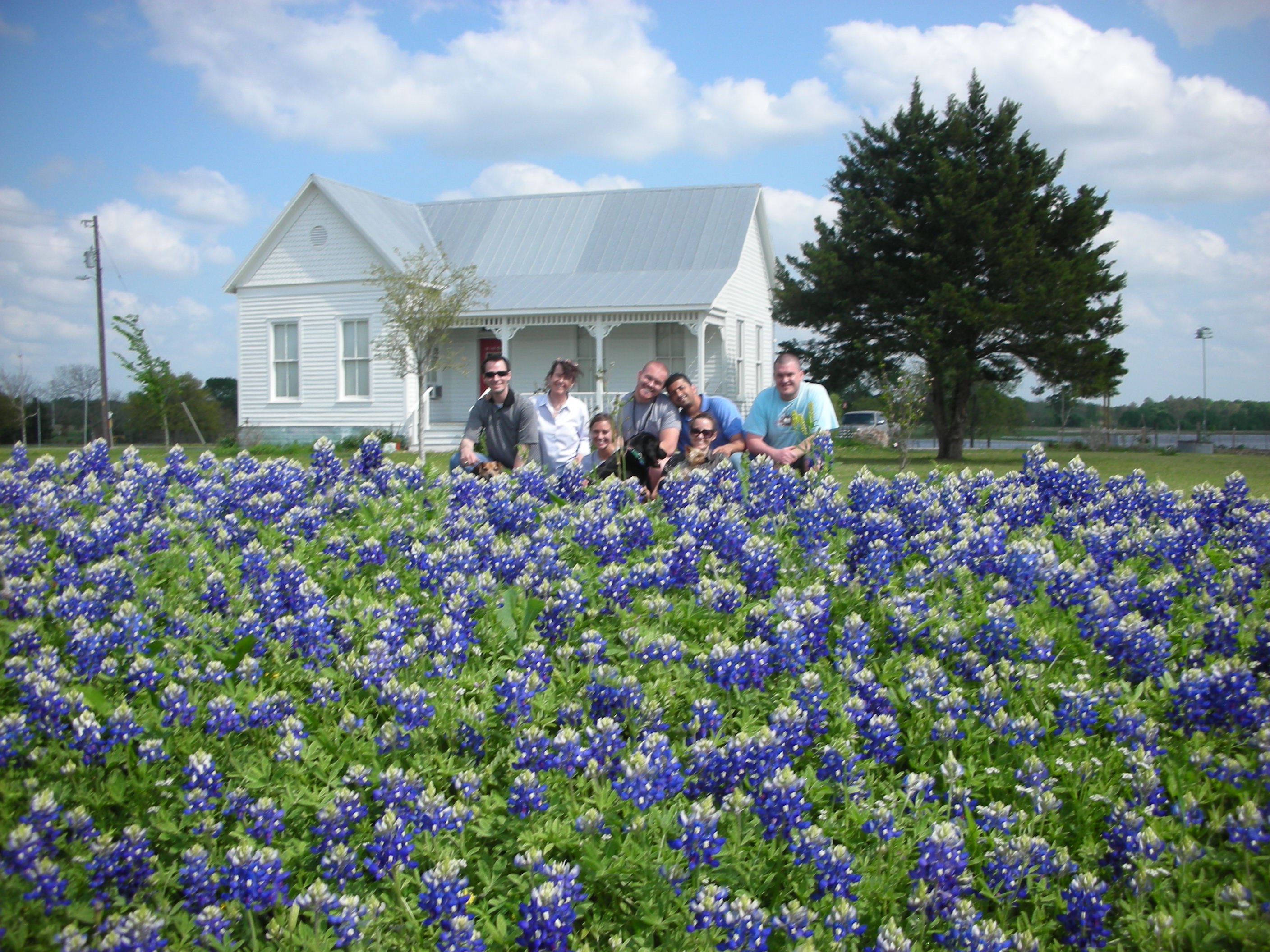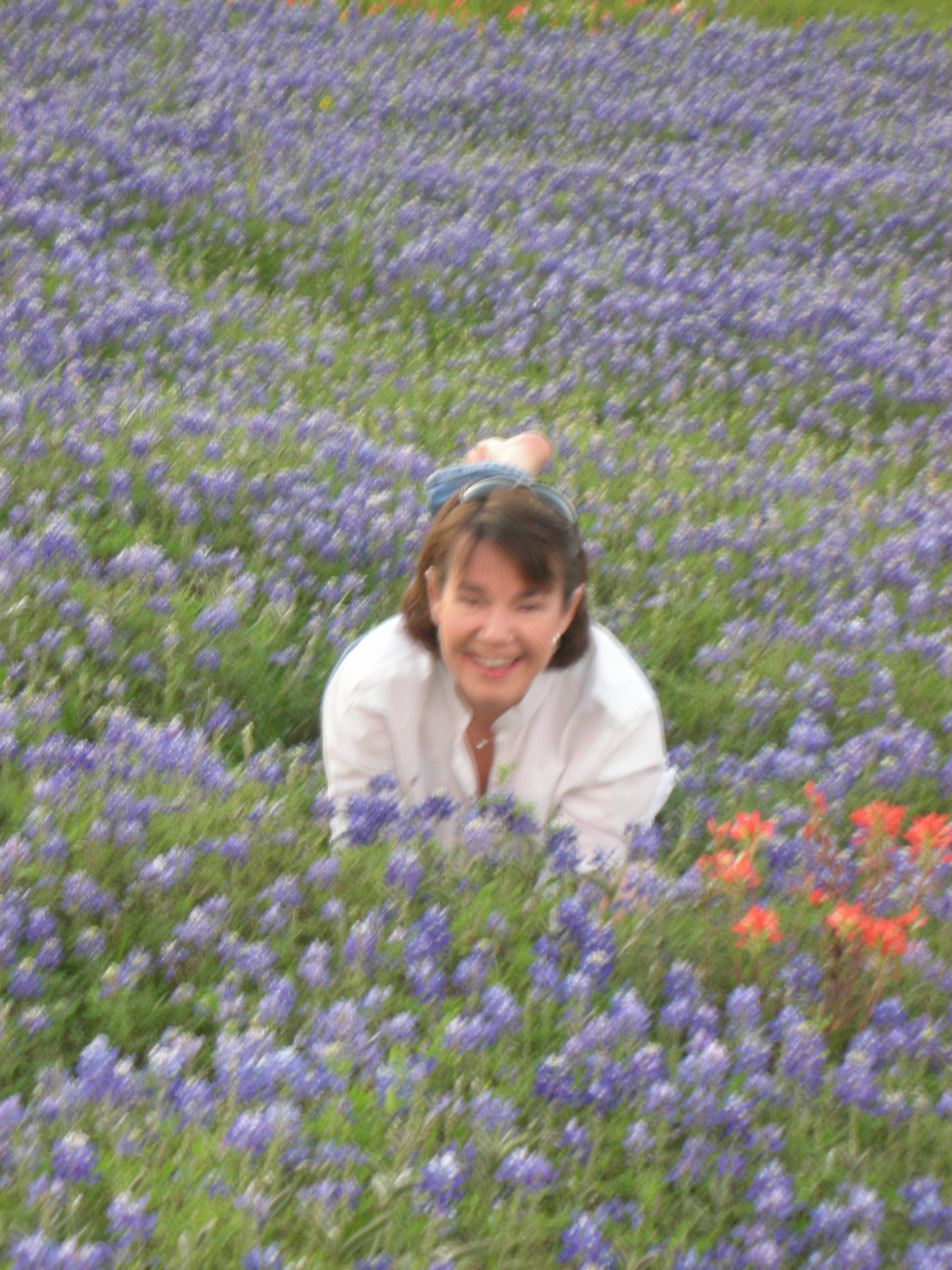While many fields and roadsides are still covered in cheerful, yellow Brown Eyed Susan’s, Mexican Hats and warm orange blanket flowers, the 2017 wildflower season is beginning to come to an end. The bluebonnets and Indian Paintbrushes have been gone for about a month now and most of the spring flowers are literally going to seed. I really hate to see the fading of these flowers because I know that as soon as they are gone our long hot summer begins.

Bluebonnets may get all the press, but they are definitely not the only beautiful wildflowers that we have in Texas!
If you love wildflowers, and you would like to have more of them at your house, now is a great time to get out and harvest their seeds. Seed harvesting is very easy and requires only three things-a sharp pair of garden shears, a paper bag and patience. While it is easy to clip seed heads or seed pods and drop them in your paper bag, they will not germinate if you cut them at the wrong time. The absolute key to success in gathering wildflower seeds is having the patience to wait until the seed heads, or seed pods, are completely dried out.
Bluebonnets are definitely the most loved wildflower in the state. Luckily, their seeds are about the easiest to harvest. Since bluebonnet seeds form in little pods, all you have to do is find pods that have not yet split open. Clip the pods with your shears and drop them into a paper sack. Nature will eventually force the pods to burst open (or “shatter”) releasing your seeds into the bag.

You are not really a gardener until you have more plants than you can care for or until you start stopping on the side of the highway to gather wildflower seeds!!!
Mexican Hat, Brown Eyed Susan, Blanket Flowers and Echinacea are all what we generically call “cone flowers”. Cone flowers layer their seeds in flat rows around a central conically shaped structure at the top of the stem. This creates a semi-circular mass of seeds. Cone flowers are ready to pick when all flower petals and pollen are gone and the seeds and top part of the stem are dry and brittle. When the seed head is in this condition simply stick your thumb nail into the seeds and make a “split”. Then use your thumb or fingers to separate the seeds from the cone.
One of my favorite wildflowers is Antelope Horn Milkweed. This plant is a part of the genus Asclepias. Asclepias are milkweeds and milkweeds host Monarch butterflies. Like the bees, Monarch butterfly number are declining. Since I like Monarchs and I love milkweed flowers I have two reasons to collect the downy seeds of this plant. Asclepias seeds are stored in pods. When the pod breaks open long, downy wings that are attached to the seed catch a breeze and spread the seeds far and wide. If you want to gather the seed, watch closely and pick the dried pods (which look like antelope horns) right before, or just as soon as the pod opens.
After gathering your wildflower seeds, place them in a cool place in the house and wait until fall. Texas wild flower seeds should be put out in early October. You can put them out as late as early November but the plants really benefit if planted early. Many people recommend simply scattering wild flower seeds on top of the soil and then watering them in. This will work, but not very well. Most wild flowers have fairly low germination rates. In addition, flower seeds on top of the soil are eaten by many birds and mammals and rain washes away a bunch of them. Due to all of these factors, the best way to ensure that you get the most flowers for your money is to lightly till the area in which you are going to scatter the seed. Then scatter the seed and rake soil or mowed vegetation over the seeds. In my experience, lightly covered seed germinate at a much higher rate that those that were scattered on top of the ground.
Texas has incredibly beautiful wildflowers that bloom over a long season and require no maintenance. That’s why I collect their seeds and replant them on my property. In addition to making our little “native pasture” beautiful from March through June, the wild flower seeds that we collect and grow attract a wide variety of birds, butterflies, pollinators and mammals that we love to watch. If you want to get some wildflowers started on your place, now is harvest time. Keep your clippers and some bags in the car so you will be ready when you find some fading flowers on the side of the road.
I share my posts on The Simple Homestead Blog Hop. Be sure to stop by and check out all the amazing things these gardeners and homesteaders are doing!






































